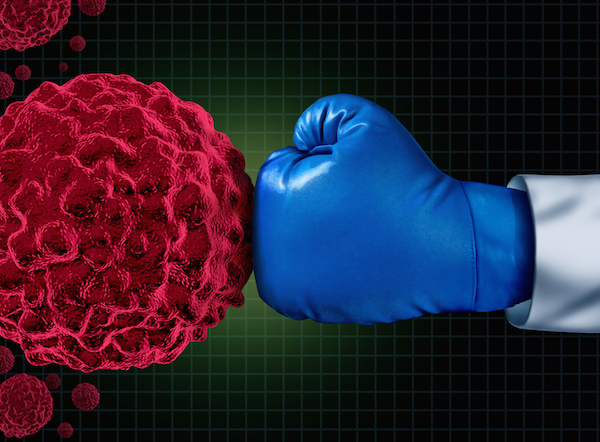
WEDNESDAY, Dec. 12 (HealthDay News) — Researchers who have multiplied umbilical cord-blood cells in the laboratory say their technique might improve recovery for patients needing blood stem cell transplants to treat a blood cancer.
Their approach, still in the experimental stage, involves expanding normal blood cells from donated cord blood in conditions similar to those in bone marrow. This greatly enlarges the supply needed for transplant. And because umbilical cord blood is more easily matched in patients than donor bone marrow, the recovery period is safer and shorter, the researchers said.
“Since our very first patients, we had a very strong signal [of success],” said Dr. Marcos de Lima, who led the study while at the University of Texas M.D. Anderson Cancer Center in Houston.
“Recipients of cord-blood transplants are less likely to have some of the complications with the same degree of matching with bone marrow transplants. So if we can be less picky with the matching, immediately our inventory is bigger,” said de Lima, now a professor of medicine at Case Western Reserve University School of Medicine in Cleveland.
For the study, scientists at M.D. Anderson multiplied blood cells from one of two cords transplanted into 31 patients suffering from blood-borne cancers such as leukemia, lymphoma and myeloma. Compared to 80 patients receiving a standard double-cord blood transplant, these patients established a normal blood supply faster and were more likely to survive 100 days post-transplant.
The study is published Dec. 13 in the New England Journal of Medicine.
Each year more than 100,000 cases of blood, bone marrow and lymph node cancers are diagnosed in the United States, and more than 50,000 people die from these cancers, according to the U.S. Centers for Disease Control and Prevention. For many of these patients, the only chance of a cure lies in stem cells retrieved from bone marrow, peripheral blood or umbilical cord transplants, which can re-establish a normal blood supply after diseased cells are destroyed by chemotherapy and/or radiation.
The blood stem cells can develop into any type of blood cell — white, red or platelets.
But only about 25 percent of those needing a blood stem cell transplant have a matching donor, which can complicate or sabotage the patient’s recovery. While cord blood is more easily matched genetically, de Lima said, even two cords provide far fewer cells needed by adult recipients than bone marrow or peripheral blood donations.
In the lab, de Lima and his colleagues took blood from one of the two donated umbilical cords and expanded it on a bed of so-called mesenchymal precursor cells, which in the bone marrow serve to grow a healthy blood supply.
The amount of time it took for the expanded cord blood cells to “engraft” — or firmly establish — in patients was significantly quicker than in the comparison group, leading to less risk of complications from low numbers of white blood cells and platelets, which fight infection and control bleeding, respectively.
One expert welcomed the findings.
“Cord blood and transplant doctors have been trying over the years to increase the number of stem cells in test tubes, and those methods have slowly been developing. This report is the first important study where this is not only feasible but practical,” said Dr. Kanti Rai, a hematologist/oncologist with the North Shore-LIJ Health System in New Hyde Park, N.Y. “If this methodology can become reproducible in other people’s hands … then it opens a whole new opportunity for cancer patients.”
Stressing that the results need to be duplicated in late-stage trials, de Lima refused to speculate how the new cord blood expansion method might affect cure rates.
“What we’re offering folks is a less toxic [treatment] and hopefully a transplant that would be safer, with a shorter stay in the hospital,” he said. “I hope it may one day improve the so-called cure rates simply because more people will survive this initial [period].”
More information
The U.S. Centers for Disease Control and Prevention has more information on blood cancers.

